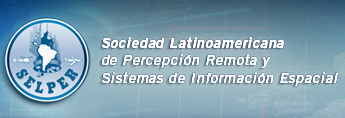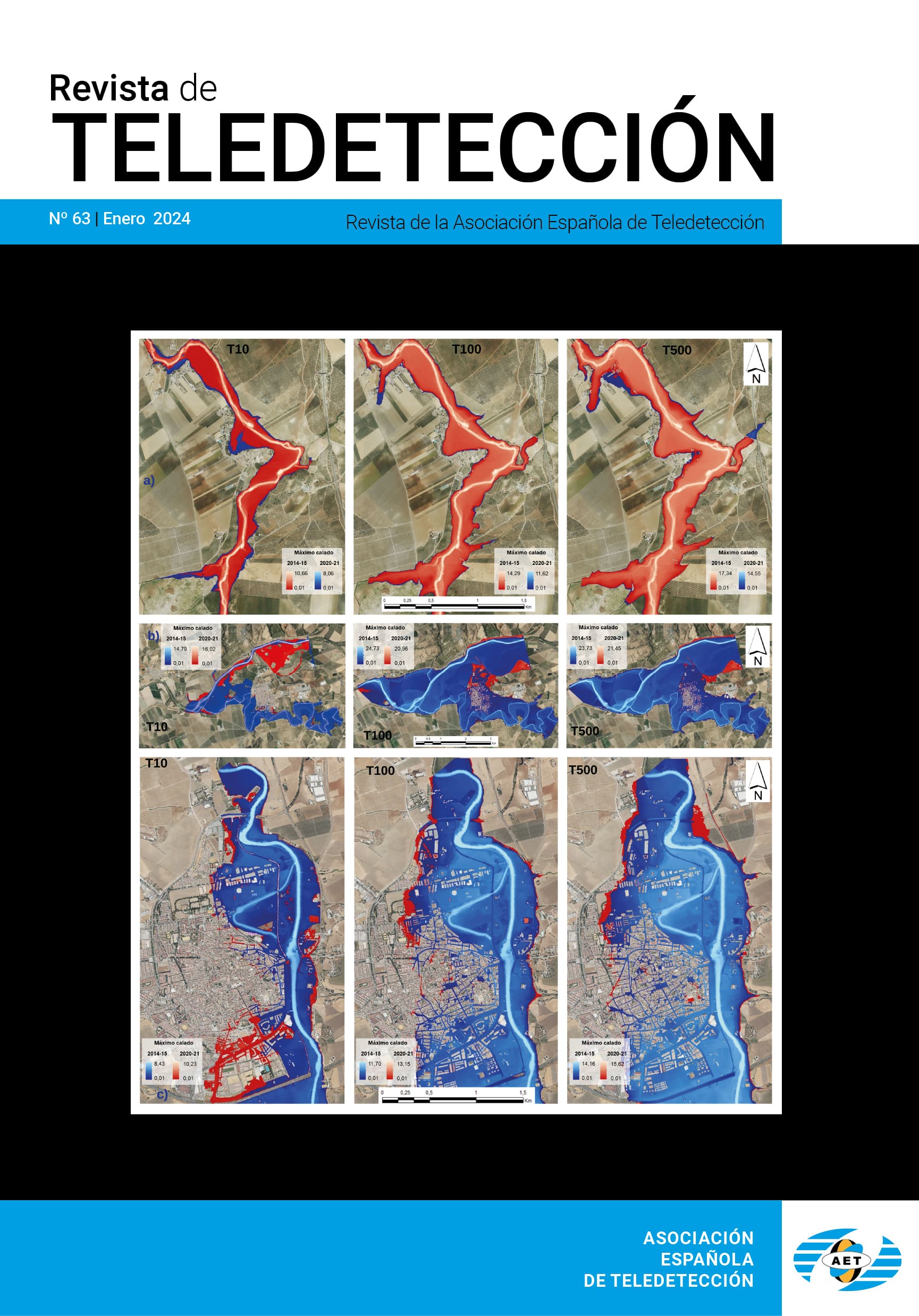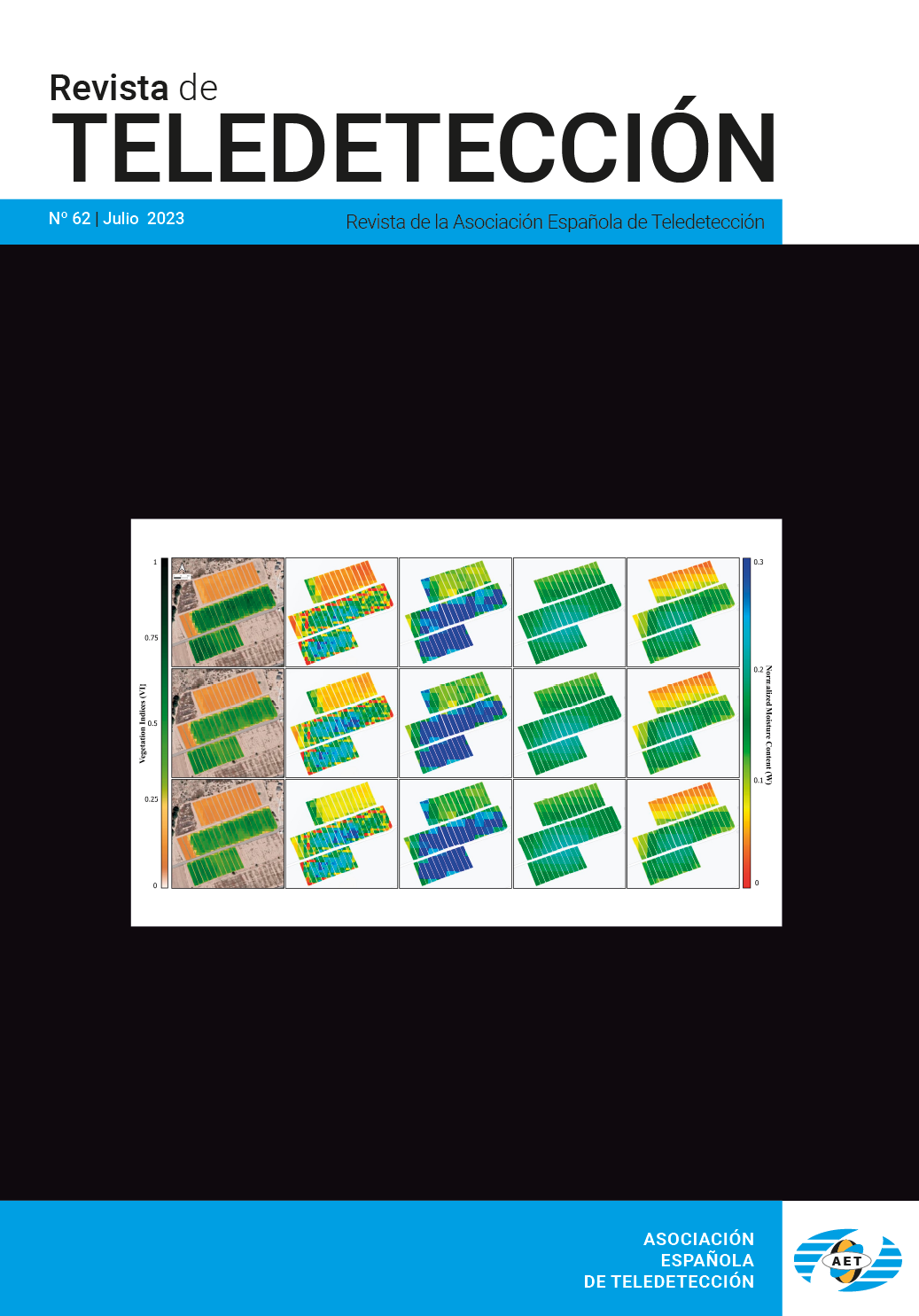Aplicación de imágenes radar de satélite a la cartografía de la vegetación en zonas boreales
J. M. Verdú y J. A. Martínez-Casasnovas
RESUMEN
El presente estudio se enmarca en el proyecto europeo SIBERIA. Trata de explorar el uso de imágenes radar de satélite (ERS y JERS) para la actualización de la cartografía de vegetación de zonas boreales. Se dispone de 8 imágenes de amplitud y coherencia tomadas en 1998, así como de un inventario de vegetación georreferenciado de dos pequeñas zonas. Se proponen tres tipos de clasificaciones supervisadas por el método de máxima verosimilitud. La primera con las imágenes de satélite, la segunda añadiendo algunas imágenes texturales, y la tercera utilizando sólo las imágenes de los componentes principales más significativos. Se siguen los criterios establecidos en el proyecto SIBERIA para la obtención de áreas de entrenamiento. Se propone una doble validación, por una parte vía matrices de confusión a partir de áreas de verdad-terreno obtenidas por el mismo método que las áreas de entrenamiento, y por otra parte contrastando y correlacionando las clasificaciones con los parámetros de inventario disponibles para dos pequeñas áreas de verdad-terreno. Los resultados indican una sensible mejora en la clasificación con la incorporación de imágenes texturales (la precisión aumenta de un 66% a un 75%), y señalan el parámetro biomasa como el mejor correlacionado con las clasificaciones derivadas (coeficiente de correlación r de hasta 0,49). Diferentes fuentes de error permiten augurar un margen de mejora para posteriores estudios.
PALABRAS CLAVE: teledetección, radar, cartografía vegetación, zonas boreales, imágenes texturales.
ABSTRACT
The present study is within the frame of the European project SIBERIA. It explores the use of radar satellite images (ERS & JERS) for updating of vegetation cartography of boreal zones. There were available 8 amplitude and coherence images, taken in 1998. In addition, there was a forest inventory of two subregions in GIS format. Three supervised maximum-likelihood classifications were undertaken. First, with the original set of images; the second one, adding some textural images; and third, using the more significant principal component images. The SIBERIA project criteria was followed in order to obtain the training areas. Adouble validation process is proposed. On one hand via confusion matrix from ground-truth areas obtained with the same criteria as the training-areas. On the other hand, correlating the final classifications with the forest inventory parameters available, in order to show up the most relevant ones. The results show a sensible improvement by using textural images in the classification process (accuracy increases from 66% to 75%), and they point out that biomass is the best-correlated parameter (r coefficient up to 0,49). These results can be improved in future studies, taking into account several error sources detected.
KEY WORDS: remote sensing, radar, forest mapping, boreal zones, textural images.
PULSE AQUI PARA DESCARGAR EL ARTÍCULO COMPLETO.




















